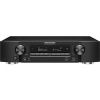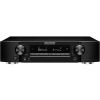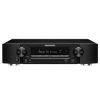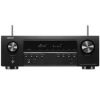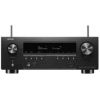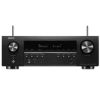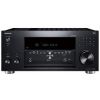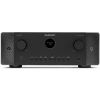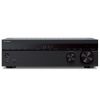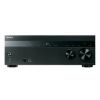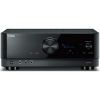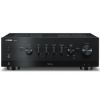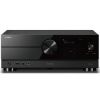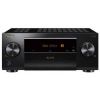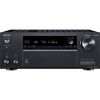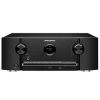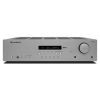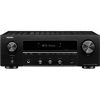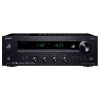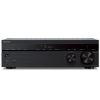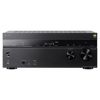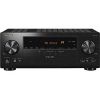Sony STR-DN1040 vs Yamaha R-N602BL review


Having had an opportunity to test Sony STR-DN1040 vs Yamaha R-N602BL, I’d like to share my impression here to facilitate your choice of a new AV receiver.
Amplifier
The number of channels for receivers is different - 7.2 versus 2.0, respectively, for devices. In terms of power, there are differences, the STR-DN1040 has such a ratio W/Ohm - 100/6, while the R-N602BL has a power of 115/8, 105/4. The value of total harmonic distortion is also different, and for the STR-DN1040 it is 0.09%, but for the R-N602BL it is 0.01%.
Audio features
The manufacturer installed different DACs, the STR-DN1040 received the model 96 KHz/24-bit, but the R-N602BL is equipped with Burr-Brown 192 KHz/24-bit. The Bi-amping function is implemented only in the Sony STR-DN1040. Both Sony STR-DN1040 and Yamaha R-N602BL can transmit an audio signal directly to the amplifier and bypasses any DSP processing.
Connectivity
Wireless Internet access via WIFI is possible on both units. Each of the receivers has a Bluetooth connector. Both devices can work with such Apple Music services: AirPlay. The R-N602BL has access to the Spotify service.
Video features
Oddly enough, the support for the HDR function is not implemented in these units. HDMI signal transmission in standby mode can provide only the STR-DN1040. Video scaling is only possible with the STR-DN1040. Review participants do not have the Dolby Vision feature. HDMI Audio Return Channel is only available on Sony STR-DN1040. HDMI eARC is not supported by the STR-DN1040 and the R-N602BL. When comparing receivers, it becomes clear that only the Sony STR-DN1040 has HDMI CEC. In the presence of a built-in phono stage for connecting a vinyl player only at Yamaha R-N602BL. Voice control of the basic functions of the receiver is not realized in both models. There is an ECO mode in R-N602BL. The Sony STR-DN1040 can be properly configured using the setup assistant.
Multichannel surround
Generally no support for a Dolby Atmos multichannel audio format. A DTS:X surround technology is not supported by devices from our comparison.
General
Item
Model
Brand
Reviews
Amplifier
Channels
Stereo power (RMS), W/Ohm
Output impedance, Ohm
Frequency response
THD in stereo, %
Audio features
Digital to analog converter (DAC)
Bi-amping
Pure direct (straight)
Auto speaker calibration
Speaker A/B switching
Other audio features
Connectivity
Wi-Fi
USB
Bluetooth
Ethernet (RJ45)
DLNA
MHL
Streaming services
Apple Music (AirPlay)
Amazon Music
Spotify
Other streaming services
Extensive connection
HDMI input/output
HDMI ARC (Audio Return Channel)
HDMI eARC (Enhanced Audio Return Channel)
HDMI CEC
Digital content protection (HDCP)
Subwoofer output (LFE)
Headphone output
Optical digital input
Coaxial digital input
Composite input
Component input/output
Phono (MM) input
Front panel connectors
Multi channel preamp output
Video features
HDR (High Dynamic Range)
4K signal pass-through
8K signal pass-through
HDMI signal pass-through
3D signal pass-through
HDMI pass-through in standby mode
Video conversion
Analog to HDMI scaling
HDMI to HDMI scaling
Dolby Vision
Other video features
Additional features
Voice control
App control
Display
Tuner
Sleep timer
Auto power off
ECO mode
Graphical user interface (GUI)
Setup assistant
Firmware update
Other additional features
Multi-room
Multi-room zones
Zone audio output
Zone HDMI output
Multi-room control
RS-232
Remote control input/output (IR)
DC trigger output (12V)
Multichannel surround
Dolby Atmos
Dolby TrueHD
Dolby Surround
Dolby (other)
DTS:X
DTS HD Master
DTS Virtual:X
DTS Neural:X
DTS (other)
Auro-3D
IMAX Enhanced
Multichannel stereo
Audio file formats
MP3
WMA
AAC
WAV
FLAC
ALAC
Other audio file formats
Power
Operational power consumption, W
Standby consumption, W
Removable power cord
Dimensions
Size W x H x D, cm/inches
Weight, kg/lbs
Other
Release year
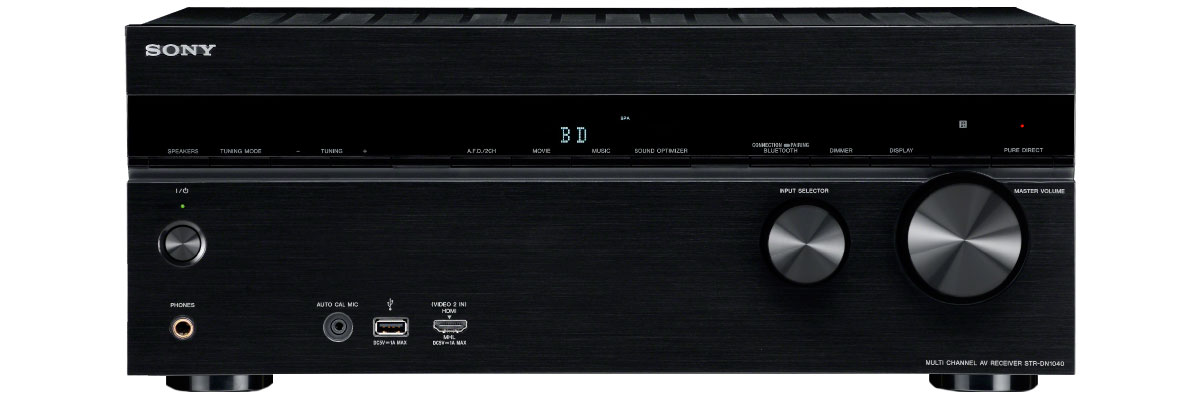
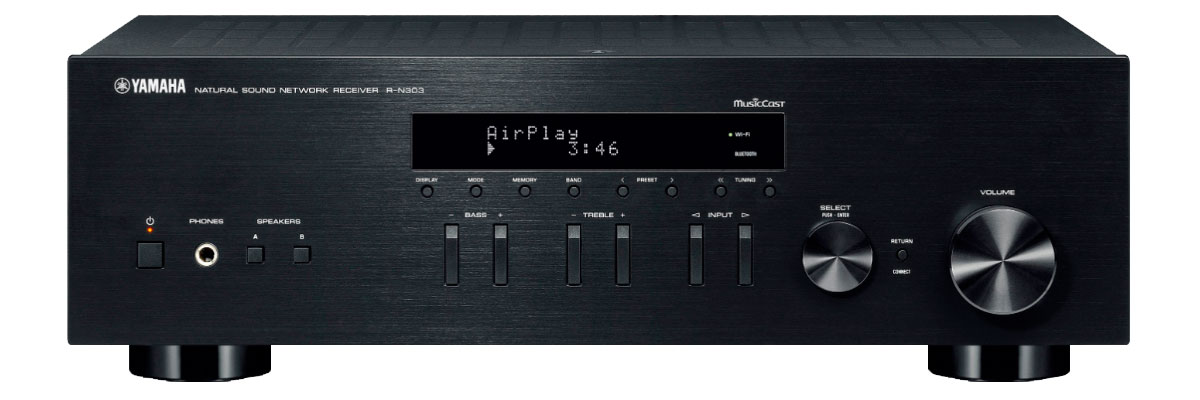

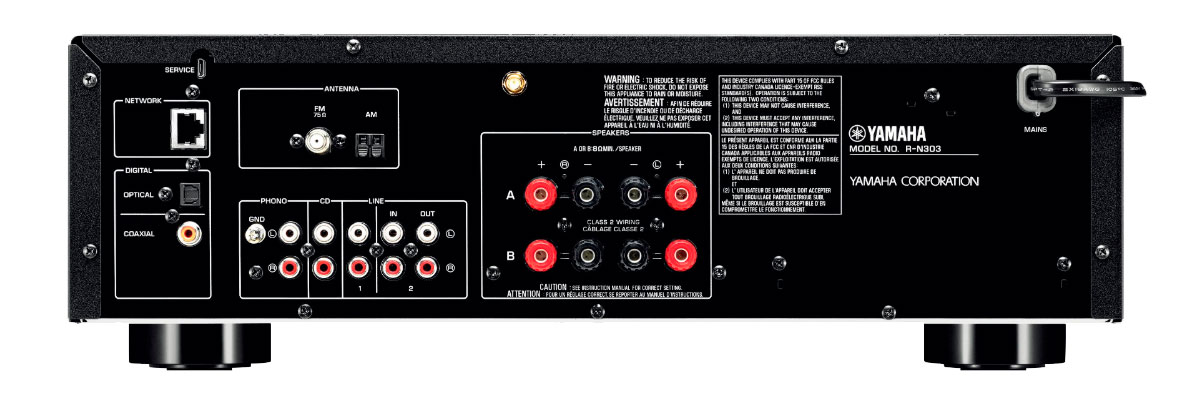
AV receivers SoundInspiration comparison rating
- 6.1Sony STR-DN1040
- 5.8Yamaha R-N602BL
Latest receiver comparisons
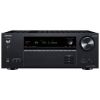
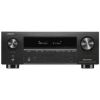

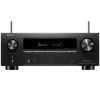
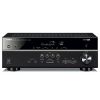
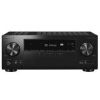
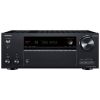

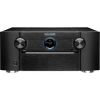


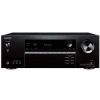
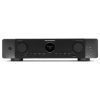
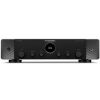
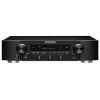

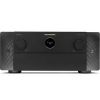
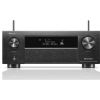
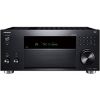

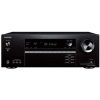
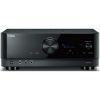
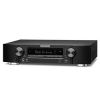
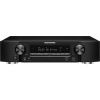
Popular receiver comparisons
